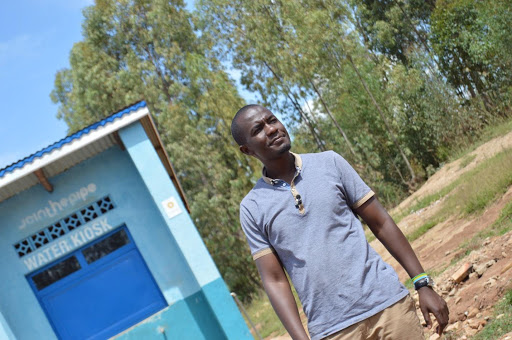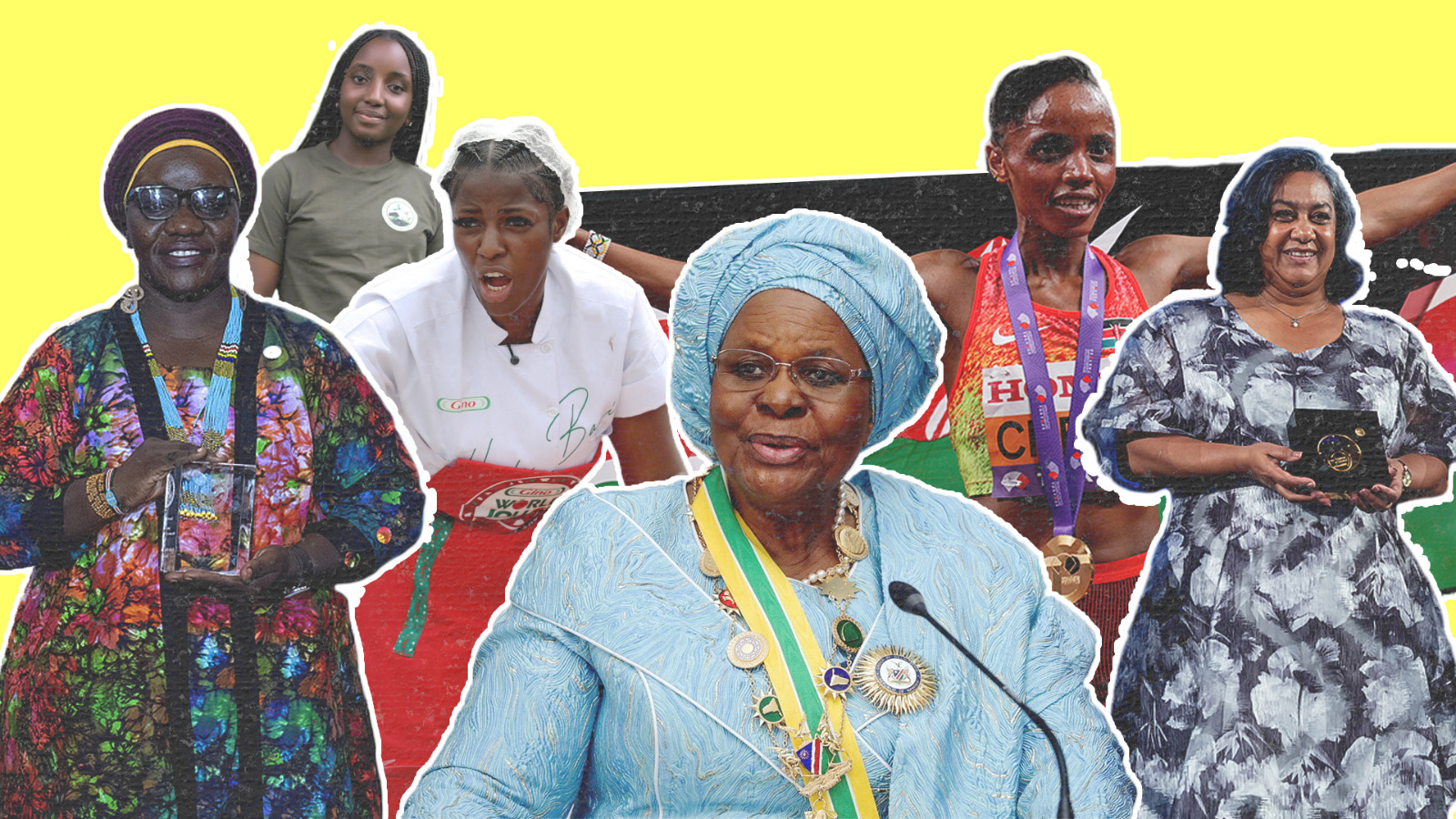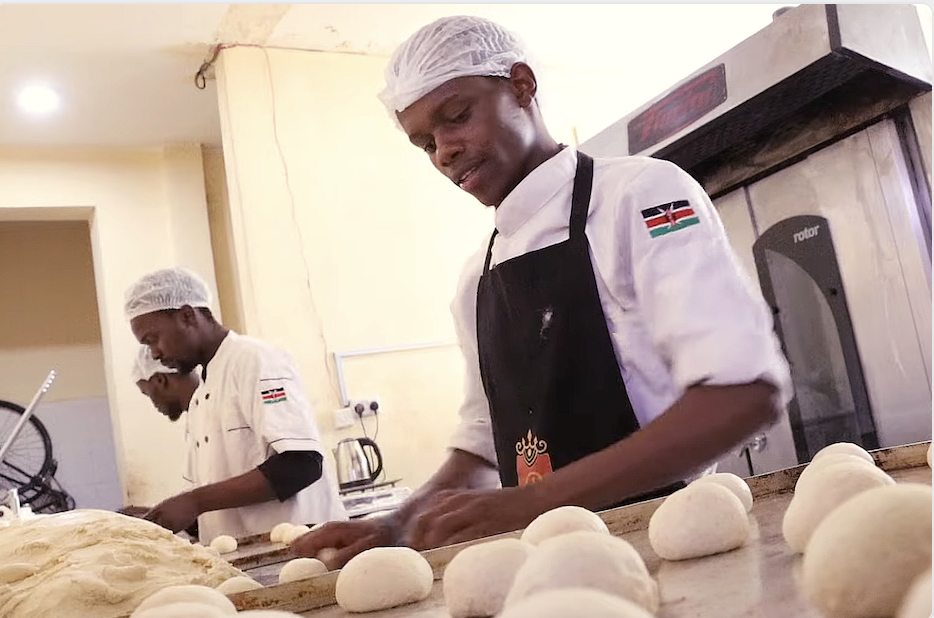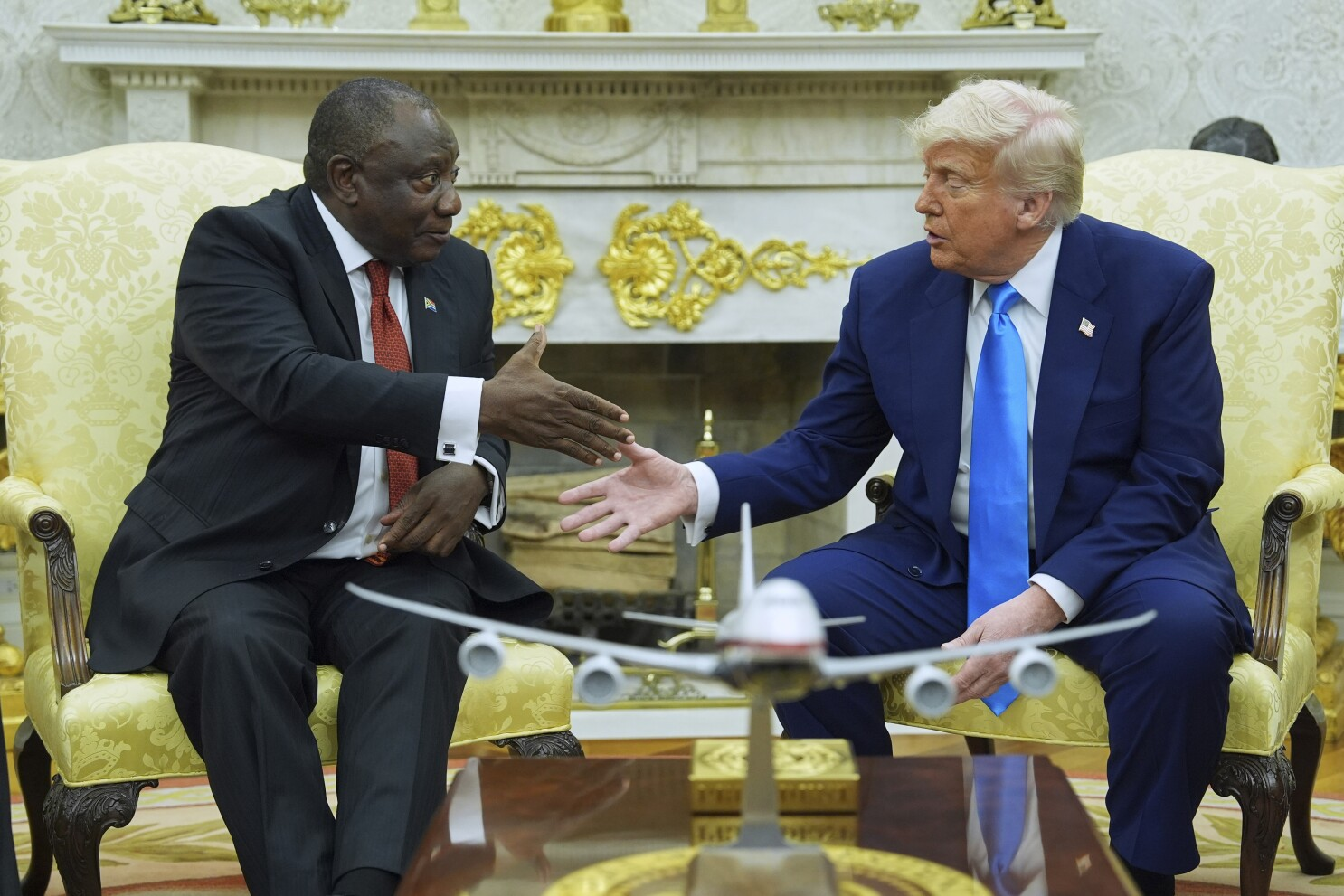
Rwandan entrepreneur returns home to quench villagers’ thirst

by Anastacia Waweru
Water is life. And for Venuste Kubwimana, it is a lifeline of which is he is in constant pursuit. Growing up in a village on the outskirts of Kigali was no easy task. It meant living in scarcity — including the absence of water.
Venuste was born in the southern province of Rwanda, in a village known as Gihinga in 1985. He grew up herding cows and learning how to farm bananas and beans.
“Life was really difficult since it was a village and we didn’t have a big farm,” explains Venuste.

During his childhood, he would join his peers in fetching water as early as five am, after a forty-minute walk to the only village source. The water was not clean but in spite of this, they would fill up their 20-litre jerrycans and return home before embarking on their journey to school.
This was not the end of the duty as they had to return to the source both times, in the morning and evening.
This practice took a toll on their studies as they often found themselves exhausted from the dawn’s adventures, unable to concentrate during lessons.
Venuste remembers this quite vividly. “In the morning I always went to school late. I would get beaten by the teachers and sometimes they would even send me away.”
Later on, Venuste enrolled at a boarding forty-five minutes away from his home. In the surrounding neighborhoods, piped water supplies were a norm in these more developed communities.

The now 33-year-old entrepreneur found himself committed to solving the water problem in his own village. Another drive that Venuste had was to help people in the same way that he received assistance from good Samaritans after his parents died.
His father was killed during the 1994 Rwanda genocide and after two years his mother died. Most of his seven siblings were also murdered leaving him behind with his elder sister who took the place of caretaker.
A WATER KIOSK AT SCHOOL
In 2010, together with his partners, they decided to set up a social enterprise known as the International Transformation Foundation. Using this platform they crafted the idea to set up water stations.

“After so many years of doing this in Kenya, I’m so happy that I got to do this in my home country,” says an excited Venuste, “now so many kids in these villages are going to have clean water.”
The water kiosk has three components; a water station, a tap and a handwashing system. A hand cart to transport water is also part of the project. Another component of the initiative is the distribution of reusable water bottles to school students for continual use both at home and at school.
 The tap costs two thousand dollars and approximately four thousand dollars to install. On the other hand, each kiosk is built depending on the water source and uses up between eight and twelve thousand dollars to construct.
The tap costs two thousand dollars and approximately four thousand dollars to install. On the other hand, each kiosk is built depending on the water source and uses up between eight and twelve thousand dollars to construct.
When fixed at the schools, water taps are connected to the main water source from the government and cemented to the ground.
Inside the tap is a small pipe connected to the main pipeline. An inbuilt filtering system blocks residue that comes from the flow. The residue is then pushed back when the “auto-tap” is opened.
THE ULTIMATE GOAL
In Rwanda, only one water station exists so far in the southern province, in Muhanga district at the Rubugurizo school. Akayezu Fabrice, a student at the institution is adamant that there are no more days of thirst ahead of her.
“We drank unclean water but since we have that water now, a kid who needs water to drink fetches it from the tap.”
Students sell clean water to the villagers and take down records of sales, write reports and collect money. A system where villagers pay monthly rates and get water any time they want is soon to be implemented.

There is a noted improvement in the students’ schoolwork from the time the water station was implemented. “We ended up sharing little; this could result in the transmission of diseases like the flu,” recalls Rose Mujawamariya, one of the teachers at the school.
In the last ten years, Venuste has been working with young people to design youth-led initiatives and solutions for local problems.
The ‘Water Kiosk at School’ project was recognized among the top fifty innovations at the Africa Innovation Summit last year which took place in Kigali, Rwanda.
He plans to continue his pursuit of sustainable water systems, the ultimate goal being, to at least set up three water kiosks in each community, starting from East Africa.






